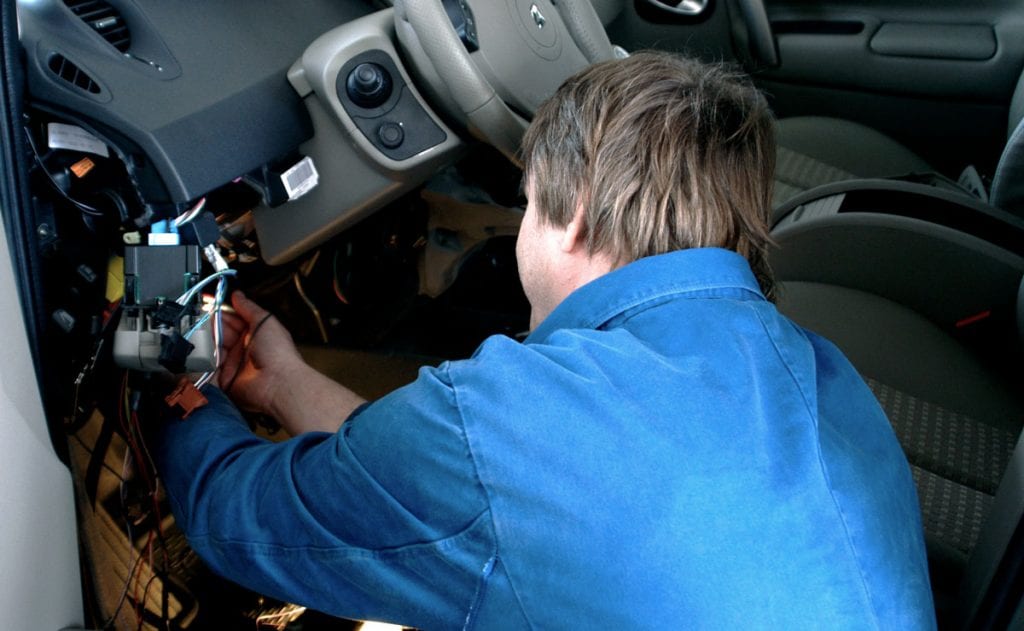Imagine stepping out on a frosty morning, and instead of shivering in the cold, you simply press a button to warm up your car. Sounds like a dream, right?
A remote starter can make this a reality, adding a layer of convenience and comfort to your daily routine. You might wonder, though, “Is installing a remote starter worth the effort? ” Or “Could it harm my vehicle? ” You’re not alone in these thoughts.
Many car owners share the same curiosity and concerns. In this guide, you’ll discover how to install a remote starter on your car safely and efficiently. You’ll also learn about the impact a remote starter can have on your vehicle’s health. Stick around to find out how you can turn those chilly mornings into warm, hassle-free starts.

Credit: www.compustar.com
Is Remote Start Bad For Your Car
Installing a remote starter can enhance convenience, but improper installation might affect your car’s systems. Seeking professional help ensures compatibility and preserves warranty. Follow safety guidelines to avoid damage and enjoy reliable remote start functionality.
Installing a remote starter can be a game-changer for car owners. This device allows you to start your car remotely, offering convenience, especially in extreme weather. But, is it safe for your car? Here’s what you need to know. Potential Impact on Your Car’s Battery Many wonder if a remote starter can affect the car battery.
Let’s explore some key points: – Battery strain: Frequent use might drain the battery faster. This means you might need to replace it sooner. – Battery maintenance: Keeping your battery in good shape can mitigate any potential issues. Regular check-ups are essential.
Engine Wear and Tear Some people worry about the engine’s health with remote starting. It’s vital to understand the mechanics: Remote starters don’t harm the engine if used properly. In fact, they allow the engine to warm up before driving.
This can reduce wear over time. But, excessive idling can lead to minor engine stress. Always follow the manufacturer’s guidelines for optimal use. Impact on Fuel Consumption Fuel consumption is another common concern. Let’s break it down into digestible points: – Increased idling: Remote starting means more idling.
This can slightly increase fuel use. – Warm engine benefits: A warm engine runs more efficiently, potentially offsetting extra fuel use. Warranty and Insurance Considerations There are also implications for warranties and insurance. Here’s what to consider: Some manufacturers might void warranties with aftermarket installations.
It’s crucial to check your warranty terms before installing. Additionally, some insurance policies might offer discounts for remote starters. Always consult with your provider for specifics. Safety and Security Aspects Safety is a primary concern with any car modification. Remote starters can enhance or detract from security: – Enhanced security: Many remote starters include anti-theft features, improving car safety.
– Installation quality: Poor installation can lead to security vulnerabilities. Always opt for professional installation.

Credit: www.youtube.com
Conclusion
Installing a remote starter is easier than it seems. Follow the steps carefully. Ensure you have the right tools. Double-check all connections for safety. This system adds convenience to your daily routine. It allows your car to warm up in cold weather.
Remember, understanding your car’s electrical system is crucial. Always refer to the car’s manual. Consider professional help if unsure. Safety is your top priority. Enjoy the comfort and ease a remote starter provides.
